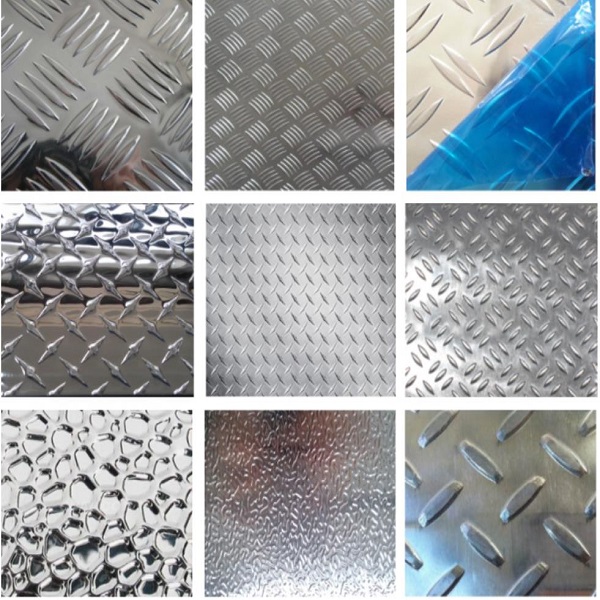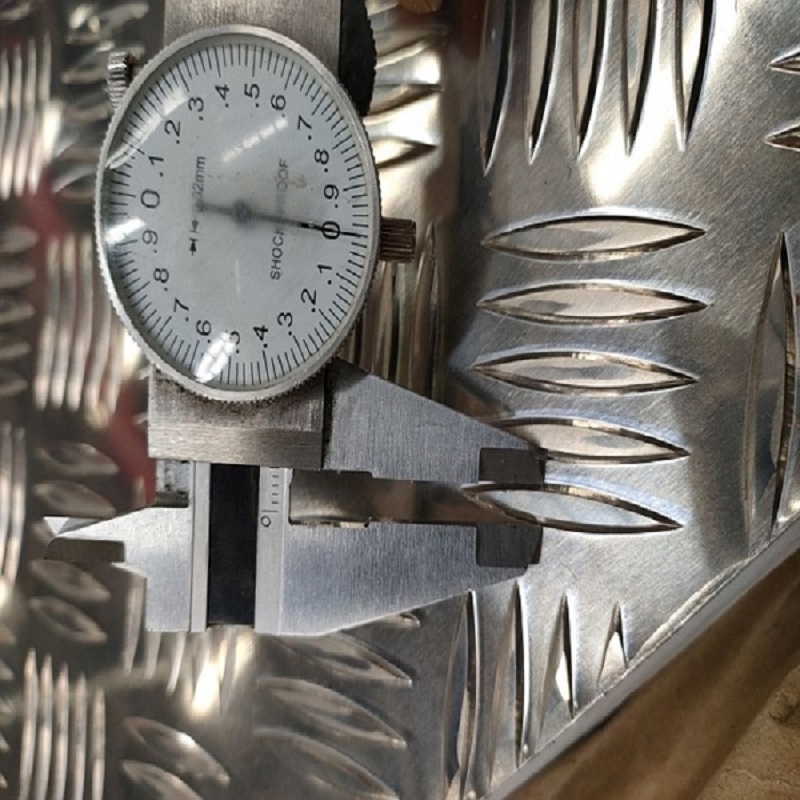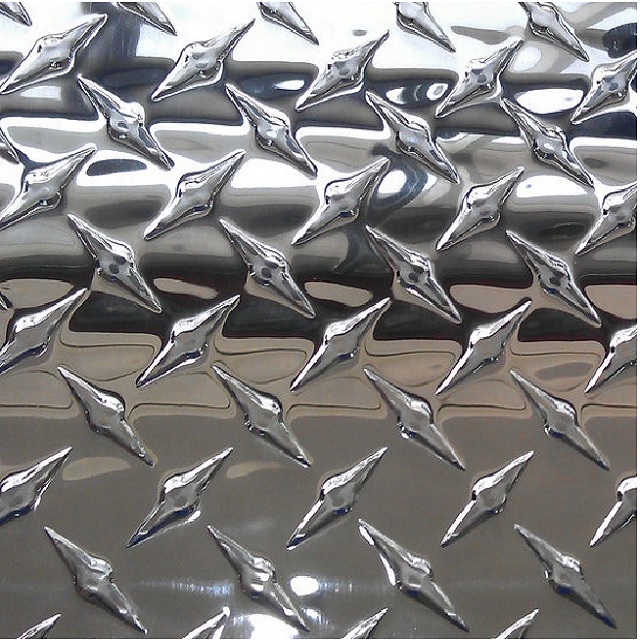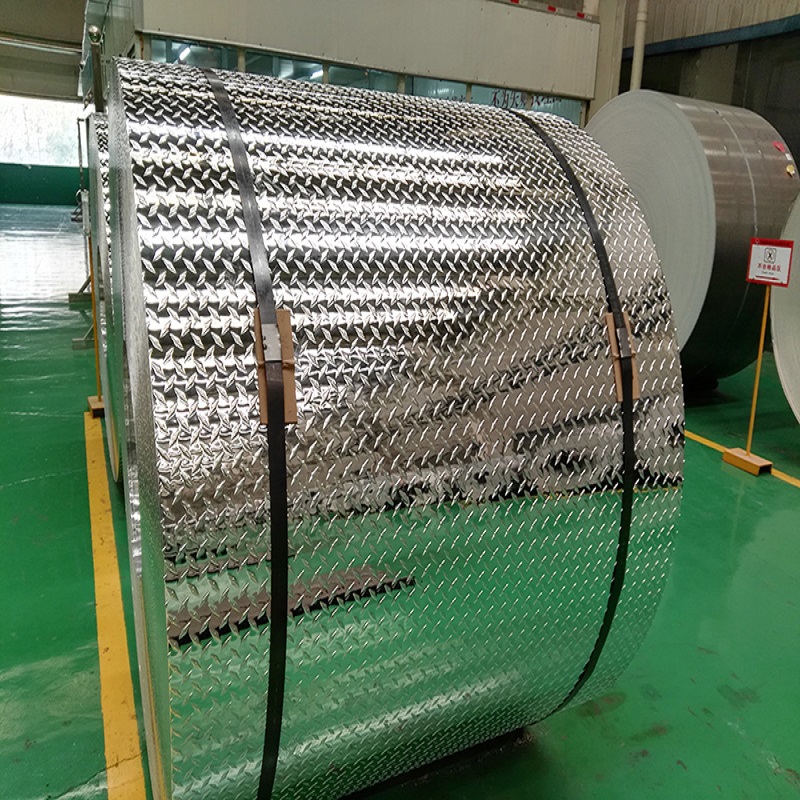Aluminum tread plate, also known as aluminum diamond plate, is a versatile and durable material that is commonly used in a variety of applications.
Its distinctive diamond-shaped pattern provides excellent traction and skid resistance, making it ideal for industrial flooring, stairs, ramps, tool boxes, and other surfaces where slip resistance is important.
Aluminum plate is a versatile material that is widely used in various industries due to its lightweight nature and excellent durability.
From aerospace to architecture, aluminum plates are a popular choice for a wide range of applications. One of the key advantages of aluminum plate is its high strength-to-weight ratio.
This makes it an ideal material for use in the construction of aircraft, where reducing weight is crucial for fuel efficiency. Additionally, aluminum plates are resistant to corrosion, making them suitable for outdoor applications where they may be exposed to harsh weather conditions.
Aluminum plates are also highly malleable, allowing them to be easily formed into different shapes and sizes. This makes them a popular choice for architectural projects, where designers can create unique and eye-catching structures using aluminum plates. In addition to its strength and malleability, aluminum plate is also a sustainable choice.
Aluminum is fully recyclable, and the recycling process requires only 5% of the energy needed to produce new aluminum from raw materials. This makes aluminum plates an environmentally friendly option for businesses looking to reduce their carbon footprint.
Aluminum plates are a versatile and reliable material that offers a range of benefits across multiple industries. Whether you’re looking for a lightweight and durable material for aerospace applications or a sustainable option for architectural projects, aluminum plates are a great choice.
With their strength, malleability, and environmental benefits, aluminum plates are sure to continue being a popular choice for years to come.
Aluminum tread plates are commonly used in various industries due to their durability, flexibility, and corrosion resistance.
Two popular choices in the market are the 3003 and 5052 aluminum tread plates. But which one is the better option?
Let’s delve into the differences between the two to help you make an informed decision. Firstly, let’s talk about the 3003 aluminum tread plate. This alloy is known for its excellent formability and corrosion resistance. It is often used in applications where strength is not a crucial factor, such as decorative trim, truck beds, and flooring.
The 3003 aluminum tread plate is easy to weld and work with, making it a popular choice for many projects. However, it may not be the best option for applications that require high strength and durability.
On the other hand, the 5052 aluminum tread plate is known for its exceptional strength and excellent fatigue resistance. It is commonly used in applications where durability is a key factor, such as marine environments, aerospace industry, and structural components.
The 5052 aluminum tread plate is tougher than the 3003 alloy, making it a preferred choice for heavy-duty applications. In terms of cost, the 3003 aluminum tread plate is generally more affordable than the 5052 alloy.
However, if durability and strength are essential for your project, investing in the higher-priced 5052 aluminum tread plate may be worth it in the long run.
In conclusion, both the 3003 and 5052 aluminum tread plates have their unique characteristics and advantages. The 3003 alloy is more cost-effective and easy to work with, while the 5052 alloy offers superior strength and durability.
It ultimately depends on the specific requirements of your project to determine which aluminum tread plate is the better choice for you.

When it comes to choosing the right aluminum tread plate, two popular options come to mind: 3003 and 5052.
Both of these alloys have their own unique characteristics and advantages, making it important to understand the differences between them before making a decision.
First off, let’s talk about 3003 aluminum tread plate. This alloy is known for its excellent corrosion resistance and high formability. It is commonly used in applications where strength and durability are required, such as in truck beds, trailers, and walkways.
3003 aluminum tread plate is also easy to weld and machine, making it a versatile choice for a wide range of projects. On the other hand, we have 5052 aluminum tread plate. This alloy is known for its high strength and excellent resistance to saltwater corrosion, making it ideal for marine applications.
5052 aluminum tread plate is also highly workable and has good machinability, making it a popular choice for custom fabrication projects.
So, how do you choose between 3003 and 5052 aluminum tread plate?
It ultimately comes down to the specific requirements of your project. If you need a corrosion-resistant alloy with good formability, 3003 may be the best choice for you.
On the other hand, if you need a high-strength alloy with excellent resistance to saltwater corrosion, 5052 might be the better option.
In conclusion, both 3003 and 5052 aluminum tread plate have their own unique advantages and characteristics.
By understanding the differences between these two alloys, you can make an informed decision and choose the right aluminum tread plate for your project.
Size of aluminum sheet
Thickness:0.2-6.0mm
Width:100-2400mm
Length:200-11000mm
Mother coil: CC or DC
Weight: About 2mt per pallet for general size
MOQ: 5-15 ton per size
Protection: paper inter layer, white film, blue film, black-white film, micro bound film, according to your requirement.
Surface: clean and smooth, no bright speck, corrosion, oil, slotted, etc.
Standard product: GBT3880, JIS4000, EN485, ASTM-B209





